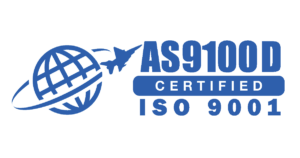Airborne Systems, the world’s most trusted resource for parachute design and manufacturing for over 100 years. We create and manufacture best-in-class parachutes for military; GPS precision guided cargo delivery systems; low-cost cargo delivery parachutes; parachute releases; personnel and cargo systems; rescue and survival equipment; space and air vehicle recovery systems; and deceleration systems for high-performance aircrafts.
Our Air Systems Group is the world’s premier provider of aircraft spin and stall recovery parachute systems, high-performance aircraft landing deceleration systems, aircraft escape systems and ejection seats, and weapon deployment systems.
Our Space Systems Group is dedicated to supporting the emerging commercial space industry and is the world’s leader with respect to the development of EDL systems for high altitude and space flight applications; both crewed and uncrewed, terrestrial and interplanetary.

